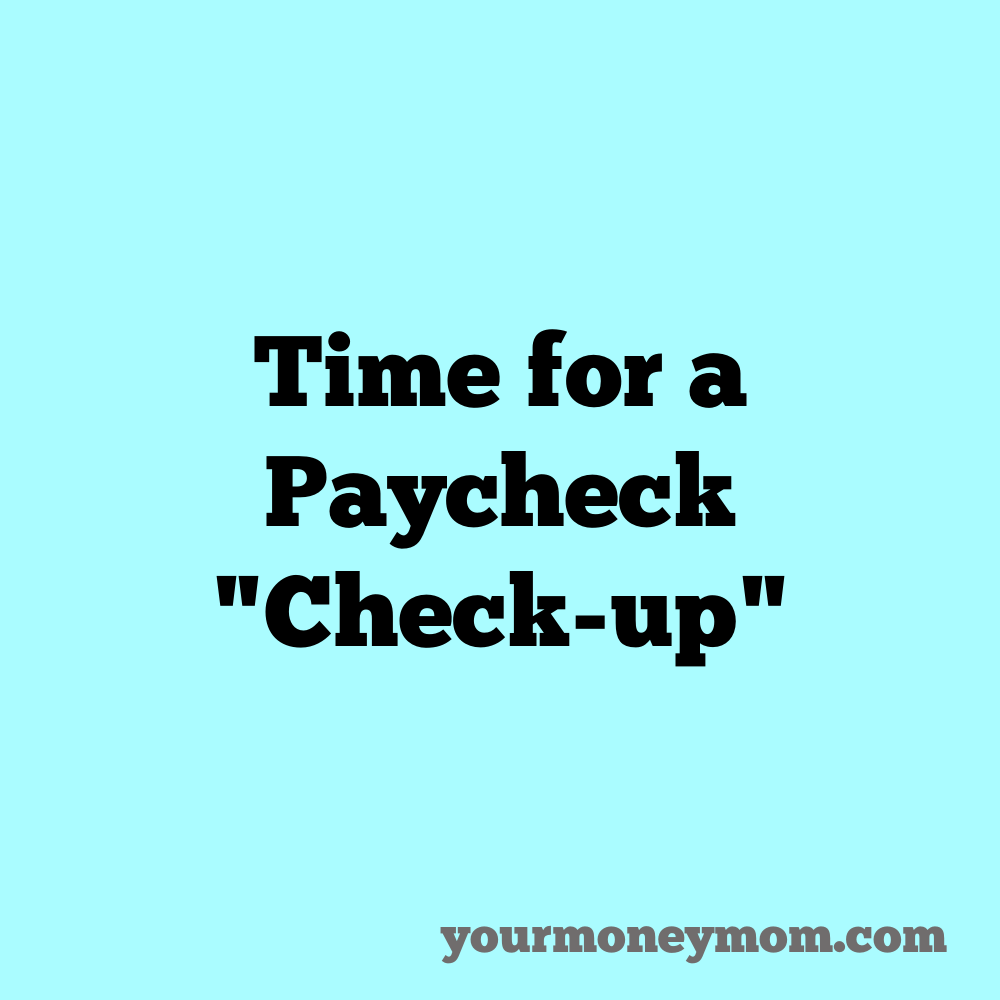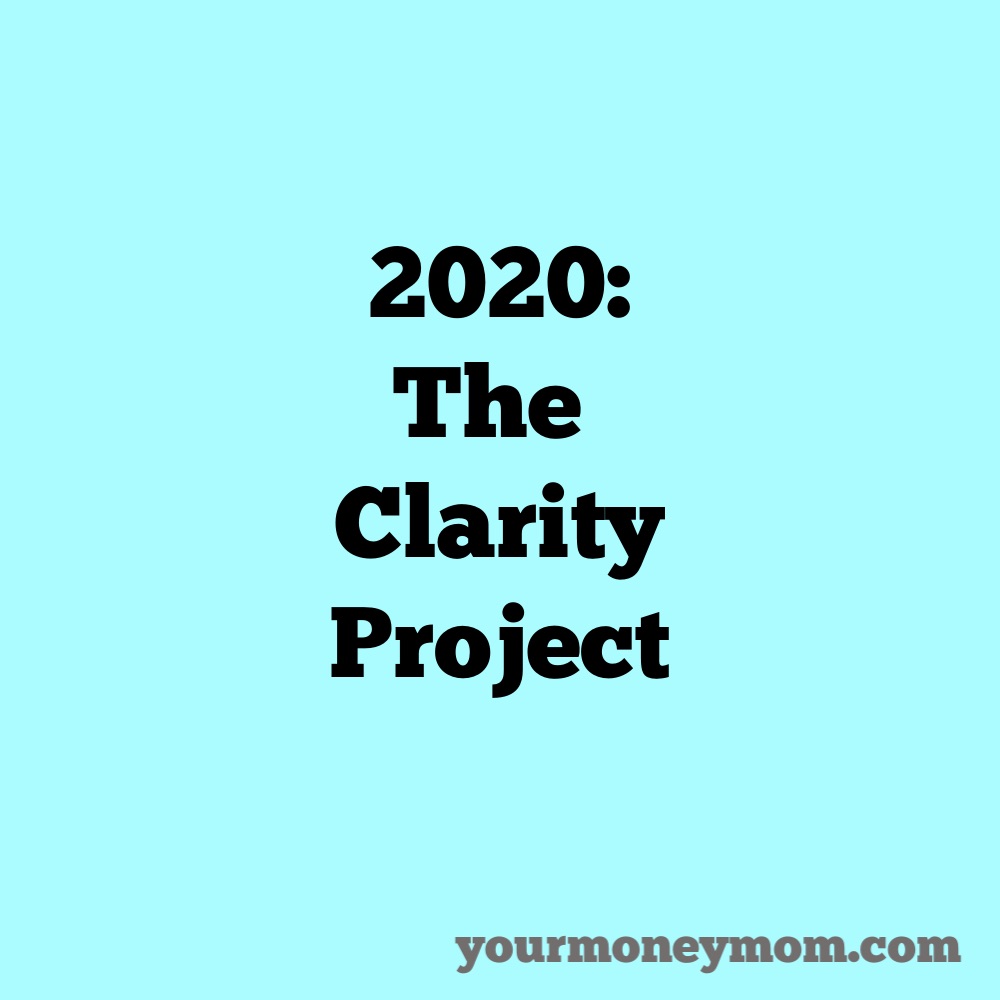Your Challenge: Check the IRS Tax Withholding Estimator and adjust as needed

Time commitment: This estimator took me about 20 minutes to complete, including filling out a new W-4.
What is the IRS Tax Withholding Estimator?
Here’s a link to the IRS Tax Withholding Estimator.
This tool allows you to check that you’re having the right amount of taxes withheld from your paycheck each pay period. It also instructs you on how to adjust if needed.
Why should you estimate your withholding and adjust?
If you did last week’s challenge and got a head start on your taxes , then you will know roughly if you are getting a refund or owe taxes.
Depending on that result, adjust your withholding to reflect what you would like to happen–a bigger refund, or less taxes owed, for this year–2020.
A lot of personal finance writers advise that your tax withholding should be set to an amount that means little or no refund when you file taxes. But this is a great example of the concept that personal finance is more “personal” than about finance.
I actually fall into the camp of getting a decent tax refund, and especially not worrying about getting “too much.” My husband convinced me on this one–I used to think we should get a small a refund as possible, and he liked a big refund. But now that we have been doing this for several years, I actually love it.
If you want to get a large refund so you have a “chunk” of money for some specific uses, a tax refund is not a bad method of forced savings.
However, if you can’t make ends meet until you get your tax return, it’s probably better to reduce your withholding. Using a giant tax refund to pay off credit card debt you fell into because of lack of income is NOT a good strategy. Better to get the money throughout the year and have a smaller refund.
Who should use the IRS Withholding Estimator?
Almost everyone would find running the estimator valuable. The IRS especially recommends using it if you:
*Are a two-income family or someone with multiple jobs
*Work a seasonal job or only work part of the year
*Claim the child tax credit
*Have dependents age 17 or older
*Itemized your deductions in previous tax years
*Have high income or a complex tax return
*Had a large tax refund last year
*Had a tax bill last year
When Should You Use the Tax Withholding Estimator?
Once you have completed your taxes, use the estimator to see if you are on track for the current year. So if you completed last week’s challenge (or even got a start on the challenge), now would be a great time to check and adjust for 2020.
In addition, if you have a change in employment or self-employment income, or get a windfall, run the numbers again.
Where is the Estimator?
How do I use the IRS Withholding Estimator?
Just follow the instructions on the tool. It has six steps, and you will find it especially easy if you have a W-2 job. But it is pretty easy to use, even if you have variable income.
Next week begins a new month and a new theme. March is all about giving.







